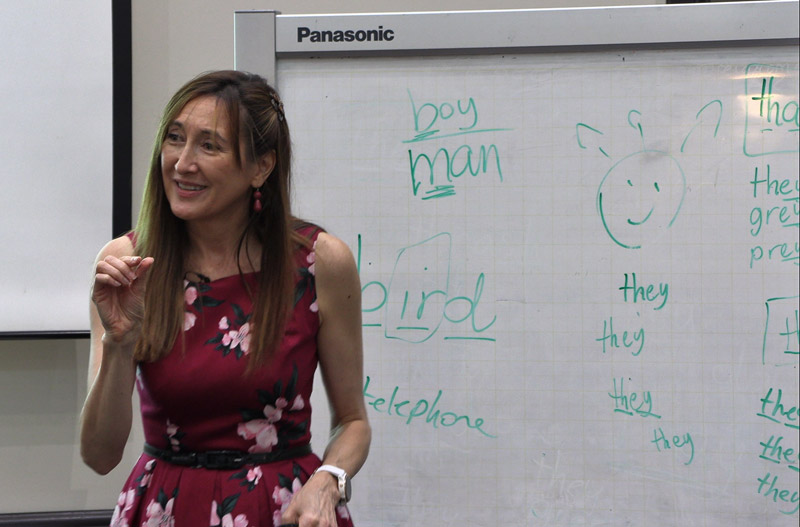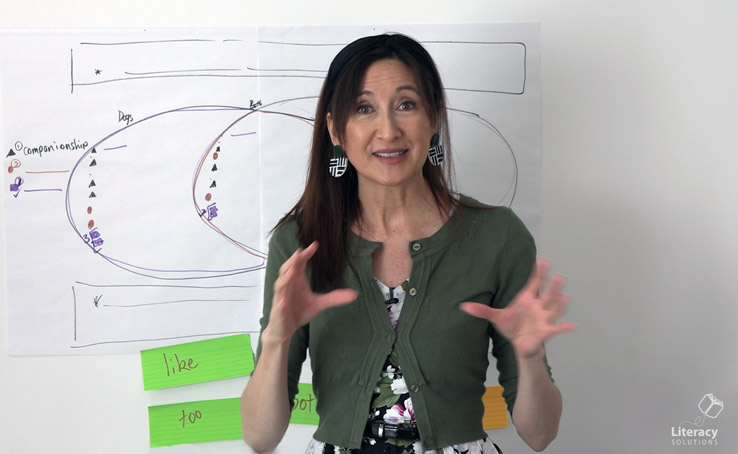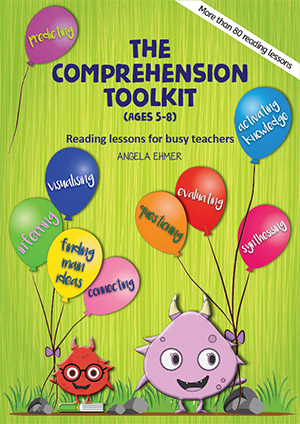The Novel Study: make good teaching judgements
Is our purpose clear?
A secondary student recently asked me why he needed to read novels at school, as he had no plans to ever read another one once he left.
I acknowledged his feelings, but explained that he’d probably view lots of narratives as films, plays or television shows. Therefore, it’s important to build knowledge of different ways ideas can be presented and may be interpreted or understood.
Developing a repertoire of ways to think about or understand ideas and contexts helps us to learn new things. I explained that novel studies are a way to learn and apply strategies to comprehend, to see things differently or understand others with differing, even opposing viewpoints. In addition, the novel study is a way of:
- building experiences of the world,
- helping us to see and understand things which have never happened to us firsthand,
- building on our experiences to increase our knowledge of the unknown,
- enabling us to witness and attempt to understand things from new vantage points.
And… this doesn’t even acknowledge the enjoyment of being part of a community of readers, though I sense this student may not have felt the joy of this.
Things to consider
As we move forward with a view to using quality literature in our classrooms, perhaps we should consider how to best support students undertaking the novel study. We’d all acknowledge there are students able to undertake the decoding of the text independently, others needing to be supported to solve words and students for whom the text is simply too difficult. So what can we do to make the most from the text? We cannot change the what, or content, however we can adapt or modify the how, or instructional approach. So what are our options?
We could read the text aloud, as students listen and share in the richness of the text and discuss aspects of it? We could read the text, as students follow along and join in the reading should they wish and again, stopping as needed to support students to acquire deeper understandings of ideas or content. We could share the reading with the most fluent, expressive readers, as others follow along or join in when able and participate in discussions. Students could take turns reading sections of the text aloud, as we provide support to solve words and comprehend. Students may read sections of the text cooperatively or collaboratively and participate in small group discussions. Students may read sections of the text alone.
To make judgements about how we use the text, we should consider the costs and benefits to the student. Firstly:
- What is the overall purpose of the novel study?
- Why this novel? What do we expect students to know or understand better, as a result of reading this? What challenges exist in this text? What support will I provide?
And then, what are the costs and benefits of:
- teacher reading, students listening?
- teacher reading, students following (in own /shared copy of the text)?
- students taking turns reading aloud? (What about students for whom, the text is too difficult?)
- students reading in small groups or independently?
Considerations as we make these decisions include:
- the difficulty of the text, bearing in mind that multiple layers of meaning, multiple complications, changes to setting, many characters, unfamiliar vocabulary, length and complexity of sentences and less familiar or unknown text structures, familiarity with ideas , generic structure and settings and plots with different times, places, cultural traditions or beliefs, individually and collectively influence the gradient of difficulty and therefore accessibility,
- reading abilities of students,
- students’ experiences and interests.
The novel study requires a significant amount of classroom time and therefore must result in a positive, shared experience for students and teacher and quality learning outcomes for all. A visible shift in thinking should be evident. As the world is decontextualised through the ideas and content read and discussed and the ways authors craft and record these ideas, students should be better positioned to understand other things heard, read or viewed as a result.
It may be timely to discuss the ways novels are used at your school to achieve the best outcomes for your students.
What do you think? What experiences have you had that influence your thoughts on this topic? Do you have any novels you’d like to recommend to others?
Look forward to your feedback!





In my 3-4 class we do 1 novel study a year. I read to them and we discuss aspects of the text and complete activities.The students enjoy the stories. I use them in the context of the unit we are studying. I read Charlotte’s Web when we are covering Minibeasts and James and the Giant Peach with a food unit (alternate year). Overall it is an important part of our literacy instruction.
We have commenced a novel study, inspired by my very own year 7 teacher Mr. Munsey, I’m returning to the magic of the BFG. The 3/4 students are enthralled and we make up our own class language, laughing out loud throughout the readings. Making them smile, love school and inspiring them to read has been the biggest bonus.
We have been undertaking novel studies with small groups of boys who have been identified as sound readers who may possibly be underchieving. So far we have read The Invention of Hugu Cabret by Brian Selznik and The Cay by Theodore Taylor. Both have been big hits with their themes of independence and needs. The boys enjoy listen to The Cay on audio disc after we have completed a chapter.
I read a class novel to my 6/7 class and I try and read novels that have been made into movies so we are able to compare the 2 media types. At the moment I’m reading Diary of a Wimpy Kid and the students love the language and the authors writing style. Sometimes I cringe with the language but there are many opportunities for open discussion.
This year I have read 2 novels with my class – Mac Slater (Tristan Bancks) and Holes (Louis Sachar). No matter the age of students they love being read to – especially if you know the story well and can guide them with plot parts to store for later! Both of these novels – while some of the text structure is not necessarily formally correct – really get the students involved in both the story and discussion with the themes and ideas.
My class watched the movie ‘Holes’ on camp this year and really enjoyed it, so this term I am reading the book to them so we can compare and contrast the different genres. The discussion around the book has been very worthwhile. I have also down loaded the audio book of Diary of a Wimpy Kid as every second student reads and has a copy of this books in my class. I will be playing this in the last week of this term and students can read along.
I like using a novel study once or twice a year.I particularly like linking it to SOSE- to help explain Australian history in another form- not just dry facts and figures. In my year 5 we have just completed Jackie French’s “Tom Appleby-Convict Boy” to link in with first settlement of Australia and the continuing settlement of our country. I love it when I see former,hesitant readers become engrossed in an on-going story and achieving.
Debra